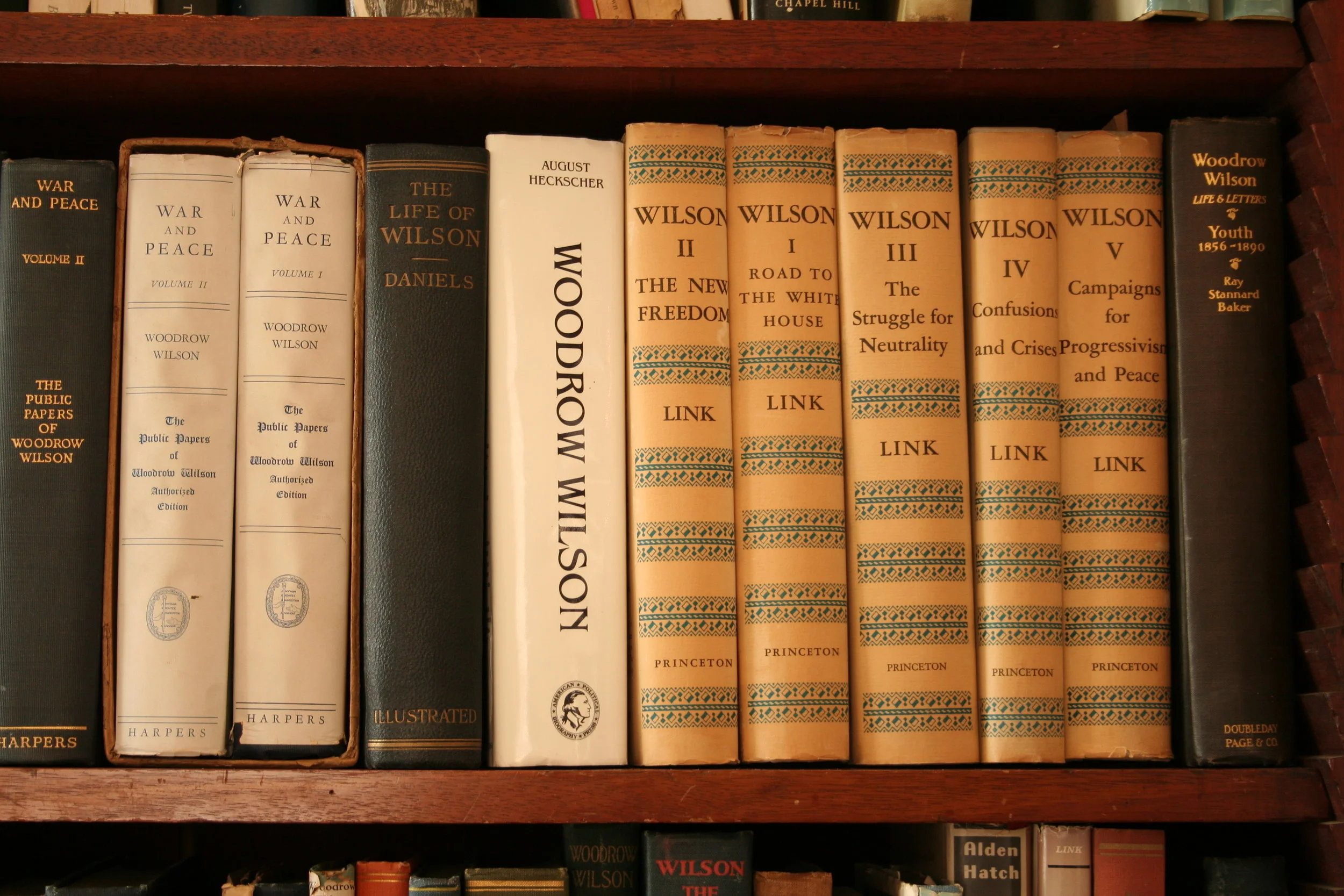Margaret Wilson’s Spiritual Passage to India
/“To go out on the street is still an adventure, so fascinating are these people, and my inner adventure, while not dramatic, is intensely interesting.” Margaret A. Wilson to Eleanor Wilson McAdoo, July 27, c.1936-1940.
In 1932, President Wilson’s daughter Margaret discovered Sri Aurobindo’s Essays on the Gita while browsing through the New York Public Library. She returned daily to read the book in the reading room until she finished it, after which she began corresponding with the author. In 1938 she requested permission to join his ashram in Pondicherry, India despite recurring health problems. Margaret then wrote her nephew, Francis B. Sayre Jr., asking that her passport be “made out as long a time as they ever make them,” since she expected to be in India at least two years.
Upon her arrival in Bombay, Margaret immediately felt at home. Soon, she was writing home about her spiritual growth through the practice of Yoga:
I have started on what is called here the Path- that is the practise of certain mental disciplines called Yogic whose object is Yoga or Union with the Divine or God… Yogic only helps to make possible the reception or transfusion of the Power and the Light of knowledge and the Bliss of Love and Beauty in the outer man or lower consciousness.
Margaret became a vegetarian and was given the name Nishtha by Sri Aurobindo, meaning “One-pointed fixed and steady concentration, devotion and faith in the single aim- The Divine and the Divine Realisation” She lived in a house in town, came daily to the ashram to meditate, continued to wear American clothes, and read newspapers and magazines. She wrote to friends that she had never been happier.
But the climate took its toll upon Nishtha’s health, and she developed kidney problems. Doctors urged her to return to the United States, where it might be possible to cure her body, but she refused for the sake of her soul. She died of uremia on February 12, 1944, cared for by members of the ashram, and was buried in the cemetery at Pondicherry. Her tombstone bore the names Nishtha and Margaret Woodrow Wilson.








